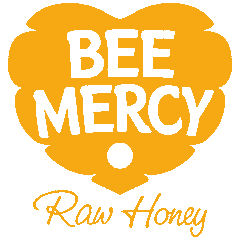How do bees make honey?
Jul 21, 2022
The honeybee has a wonderful relationship with the source of its nourishment. When the bee finds a flower that is willing to provide its nectar and has also not been visited by another bee, this wonderful trade takes place. The bee will never place its full weight on the flower and will gently collect the sugary nectar exposed by the plant. As the bee has charged itself with positive ions through flight, the pollen from the plant sticks to the bee, enabling pollination to take place. The bee will suck the nectar through its proboscis into its honey stomach or 'community stomach' as we call it. The honeybee has two stomachs and this one is reserved purely for its community. The bee has to be careful not to fill itself up too much with nectar as it will need to fly back to the hive. Upon flight, the bee will break down the super complex sugars and start the transformation process into honey. Once back at the hive, it passes the nectar/honey onto other worker bees in the hive via its mouth. The other bees will continue the process and will also pass it around between other workers in the hive. Once the nectar is transformed into honey, the last worker bee will place the honey into one cell of the wax honeycomb. However, at this point, the hone will still be runny. The worker bees will fan the honey to remove the moisture and make it more sticky like the honey we are accustomed to. Once this is completed the worker bees will seal the comb and store it for later. A healthy hive will produce more honey than what is required for the hive to survive. This enables us, as humans, to benefit from the health-giving sweet honey.


